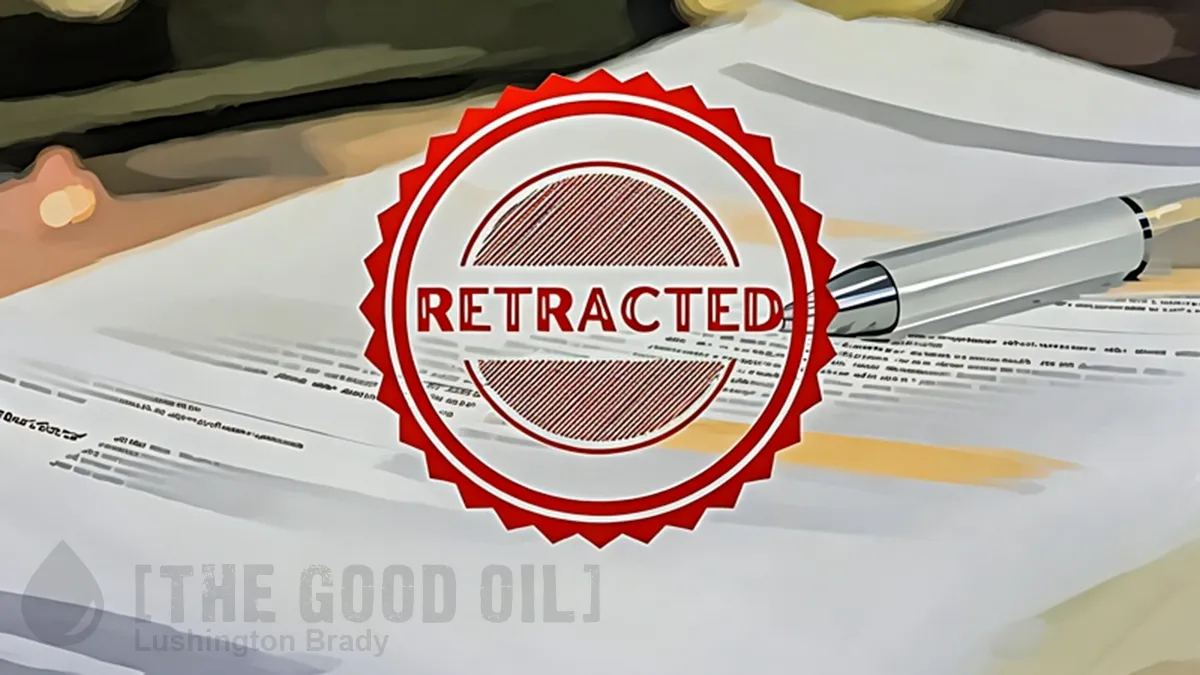Table of Contents
The definition of insanity, it is said, is doing the same thing over and over and expecting different results. Which means that the Climate Cult are barking mad. Well, we all knew that already. But it’s one thing to know it, another thing to see it proved over and over again.
The latest proof of the lunacy of the climate pudding is the mania for dismantling reliable coal power generation and attempting to replace it with “renewables”. Britain tried it, and it’s driving millions of households into “energy poverty” — and killing thousands of old and poor people, every winter. At the same time, the country has to turn to emergency gas generation, and even dust off some of its coal plants, just to keep the grid from collapsing. At the same time, power prices are skyrocketing.
The same has happened in Germany, where despite its much-vaunted “energiewende” the country imports fossil-fuel power from other, wiser nations. In particular, its utter dependence on Russian gas has left it at the mercy of Putin’s threats to cut it off entirely.
And power prices are skyrocketing. Germany, along with “wind-powered” Denmark, has the highest electricity prices in the world.
Not to be outdone in stark raving madness, Australian state premiers are eagerly leaping off the same cliff. “100% renewable” South Australia has power prices that often outdo even Germany and Denmark — and when it was cut off from the national grid at the same time its wind farms failed, it experienced a complete, state-wide blackout.
Now the eastern states of Australia — who’ve all followed the same maniac rush to shut down coal generation — are facing a winter of rolling blackouts.
And power prices are skyrocketing.
“Hold my beer,” says WA’s Mark McGowan.
The West Australian government will shut its remaining state-owned coal-fired power stations by 2030 and pump almost $4 billion into renewable energy, storage and infrastructure under a dramatic overhaul of the state’s electricity grid.
The plans, unveiled by WA Premier Mark McGowan on Tuesday afternoon, will see the Collie power station close by late 2027 and the Muja-D power station go offline in late 2029.
As is invariably the case with these green lemmings, the exceedingly rare spikes of “renewable” production are held up as the norm rather than the exception.
The premier said the moves were a response to the “overwhelming” uptake of rooftop solar in WA, which had created a glut of excess power during the day and had added to the maintenance and generation costs ultimately borne by taxpayers.
Gosh — renewables driving up electricity prices. That’s never happened before.
And creating a “glut” on the odd sunny day is pointless when people actually need power the most: when it’s night-time or cold and not-sunny. Because electricity has to be generated to meet the demand of the moment. Unlike coal, oil or gas, sun and wind can’t be stored for when demand is highest.
Of course, green loons will witter about “big batteries”. But even the world’s largest battery, in South Australia, can only power a few thousand homes for more than an hour or so. Meeting the state’s entire peak household consumption would last for just two minutes.
During a heatwave, the state stays at peak demand for hours at a stretch.
It should surprise no-one that, when it was put to the test in 2019, the battery “did not deliver as promised”.
But at least WA can rely on emergency gas generation, right?
Mr McGowan also announced that the state would not build any new gas-fired power stations after 2030.
The Australian
We don’t need to be Nostradamus to have a guess at how this is going to work out.
Pass the popcorn. Or the cold, uncooked mung beans, at least.









